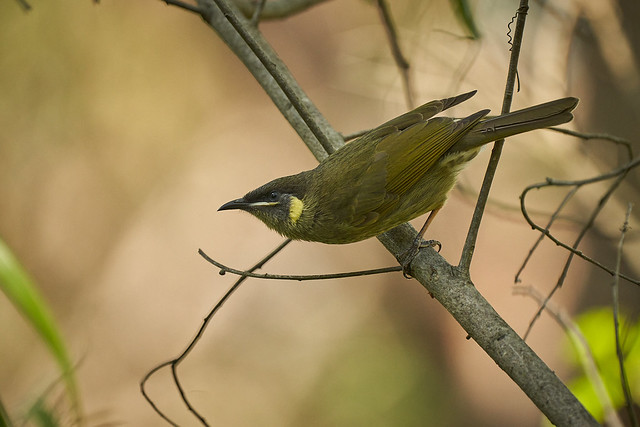Marco Cinnirella
Veteran Member
I tend to always leave EFCS on as I figure it prolongs shutter life, reduces shutter shock and also leads to a quieter shutter sound. However I got bitten recently using a Fuji X-H1 with EFCS turned on - I shot some shots outdoors with high shutter speeds over 1/2000 and a fast lens wide open and experienced some weirdness with the way the blurred background was rendered, with 'bokeh balls' cut in half and some ghosting of elements.
Just wondered if this has also been noted when using EFCS on the SLTs ? I know the manuals have some obscure warning about EFCS with fast lenses and high shutter speeds, but I have tended to forget about it when using my a99 and a99ii and don't recall seeing any issues with the bokeh.
Just wondered if this has also been noted when using EFCS on the SLTs ? I know the manuals have some obscure warning about EFCS with fast lenses and high shutter speeds, but I have tended to forget about it when using my a99 and a99ii and don't recall seeing any issues with the bokeh.









